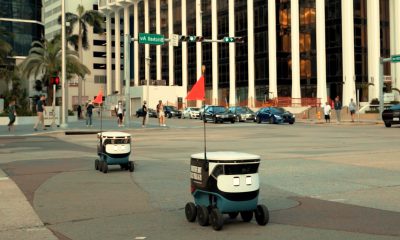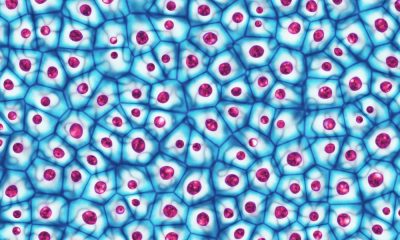The central processing unit (CPU) and the graphics processing unit (GPU) have similarities and differences, and in this article, we will examine the advantages and disadvantages of each.
What is the difference between CPU and GPU?
CPU is a unit for performing the main processes in the computer, which we refer to in this article as the processor . GPU is also a unit for graphics processing with the ability to perform advanced mathematical calculations and machine learning. These units have a similar task, which is information processing .
In fact, the main difference between CPU and GPU is the type of information they process; For this reason, these two cannot be substituted for each other; But using the processor and GPU at the same time provides an ideal combination for the user and brings the best performance to Armaghan.
The graphic processor is located in smart devices such as phones, tablets, or televisions, and in computers it is usually used in the form of a graphics card to take on an important part of the task of processing games, videos, content, and even artificial intelligence, and the CPU also runs computer functional programs such as Manages operating system processes. This unit is called the computer brain. A GPU cannot perform processes as continuously as a CPU and is designed for a completely different performance. On the other hand, the CPU requires more memory for processing than the GPU.
What you read in this article:
Computers can be used without a graphics processing unit; Of course, in this situation, you should not expect impressive and powerful graphic performance from this system; But computers without a CPU cannot survive and manage input and output data and run a program. What makes the graphics processor known as an important unit in the computer is the ability to perform parallel processing of this unit, which enables very fast data processing thanks to the number of more powerful cores.
What is a central processing unit (CPU) or processor?
The central processing unit or processor is the brain of any computer that directs the main processes and calculations in a computer system.
Computers work by processing binary data (zeros and ones) and we need the logical function of the processor to translate this binary data into a language that can be understood by software, graphics, animations and other processes. These logical functions include basic arithmetic and logical functions (AND, OR, and NOT) and input and output operations. For example, when you close or run a program, the processor sends the correct instructions to retrieve data from the hard disk and executes executable code from RAM.
When playing games, the CPU processes the graphics information to display on the display, and when compiling the code, the CPU handles all the calculations and math related to that code. In general, the processor or CPU is the brain of the computer that receives, processes, and calculates information and transfers it to an appropriate path. Each processor consists of the following standard components:
- Core(s): The main architecture of the processor is directly related to its cores, where all calculations and logical processing take place. Cores follow what is called an “instruction cycle”. In this cycle, the instructions are fetched from the memory and decoded through the logic functions of the kernel. At the beginning of development, all processors were single-core, and with the expansion of multi-core processors, the processing power of these units also increased.
- Cache memory: Cache memory is a very fast memory that is located inside the processor or on a board close to it and allows the processor to quickly access the required data. The larger the cache memory capacity of the processor, the more calculations this unit can process per second. For this reason, today, in the configuration of each CPU, different layers of cache memory are placed: L1 (the fastest), L2 and L3 (the slowest). The processor stores information that needs the fastest access in the first layer of cache memory or L1. Level one cache memory (L1) is the fastest and smallest memory and closest to the processor and stores the most important data needed for processing. Data with the next priority of access is stored in L2 and L3. Level two cache memory (L2) or external cache memory has a lower speed and larger volume compared to L1, and L3 cache memory is memory shared by all cores in the processor and has a larger volume and lower speed compared to L1 and L2. The processor moves the data with the lowest priority to the RAM or hard disk and calls them from the main RAM (DDR) when necessary.
- Memory Management Unit: The Memory Management Unit (MMU) controls the transfer of data between the processor and RAM during the instruction cycle process.
- Processor frequency and control unit: each processor performs calculations and processes with a specific frequency. This frequency shows the number of electrical pulses produced in a certain time period (one second) and determines the main method of data processing and transfer and the speed of the processor. The higher the processor frequency, the faster it processes.
An ideal combination of all these components provides conditions for the central processing unit to perform parallel calculations at high speed. With this process, computers run several programs at the same time, display the desktop, provide the possibility of web browsing, etc. In general, it can be said that processors are programmed in such a way that they can switch between operations very quickly in addition to doing one task with the least delay and the greatest speed. Actually, the way of processing in CPUs is serial.
What is a graphics processing unit (GPU) or graphics processor?
GPUs have the same functionality as CPUs and consist of similar components (core, memory, and other components). The most important advantage of GPU over CPU can be considered the ability to simultaneously manage multiple tasks and parallel data processing thanks to its large number of cores. In fact, the most prominent performance that GPUs provide is one of the complex processing tasks that the CPU can hardly handle.
The GPU is a complement to the processor that makes the workload of this unit lighter
An issue that arises in graphics processing is the parallel computation of complex mathematics that are called for graphics rendering. For example, a video game with complex graphics may render hundreds or thousands of polygons on the screen in a certain interval, each of which has a separate movement, color, light, etc. Since processors are not built to handle such workloads, graphics processing units (GPUs) come into play.
GPU cores tend to perform more poorly than CPU cores, and GPUs themselves tend to be less successful at interacting with hardware APIs. As mentioned, GPUs are particularly effective in processing large amounts of data at the same time. Instead of switching between multiple tasks, this processing unit simply receives instructions in batches and processes them in large quantities, and finally displays the desired graphics.
Similarities and differences between CPU and GPU
By comparing the general architecture of processors and GPUs, we can find many similarities between these two units. These units use similar structures in the cache layers and both use a controller for memory and a main RAM. The image below shows the number of cores in a processor and the number of cores in a GPU:
An overview of the architecture of modern processors indicates that in this unit, focusing on memory and cache layers, access to memory with low latency is considered the most important factor in processor design. Needless to say, the exact layout depends on the vendor and processor model. Compared to CPUs, GPUs have fewer cache memory layers and less capacity. These units use more transistors for calculations and retrieving data from memory is not very important in them.
The graphics processor has been developed with the approach of performing parallel calculations, and High Performance Computing is one of the effective and reliable uses of parallel processing to run advanced applications. Suppose it has a small number of powerful cores with serial processing capability to perform some kind of heavy calculations.
In such a situation, if we lose one of the cores, the performance of the other two cores will be overshadowed and the overall processing power will be greatly reduced. If we have many and not so powerful cores that can perform several processes at the same time, if one of them is lost, there will be no noticeable change in the processing process and the rest of the cores will continue to work.
In addition, the bandwidth of GPUs is much higher than the bandwidth of CPUs and they do parallel processing with a lot of volume much better. As we said, the most important thing about GPUs is that they perform parallel processing well, and if the algorithm or calculations are serial and do not have parallelization capabilities, they do not run at all and slow down the system. CPU cores are more powerful than GPU cores and the bandwidth of this unit is much less than GPU bandwidth.
What are the advantages and disadvantages of a processor or CPU?
Although GPUs are increasingly becoming a tool for high-performance processing today, there are still many important reasons why these units cannot be used as a replacement for CPUs. Some of these reasons are:
- Flexibility in performing different processes: processors can perform other processes and calculations in addition to graphics processing. Serial processing capability allows processors to manage multiple tasks in different contexts; Therefore, a powerful processor can provide more speed than a GPU in normal use.
- Speed in certain processes: CPUs sometimes perform better than GPUs in some situations. For example, the CPU is much faster than the GPU in handling several different types of system operations.
- Accuracy in performing calculations: Processors perform calculations of average mathematical equations more accurately and can more easily control the depth and complexity of calculations. This feature is very important when launching special programs.
- Memory access: Since the cache memory of processors has a large capacity, these units can perform a larger set of linear instructions and, as a result, more complex computing systems and operations.
- Low cost and availability: CPUs are more readily available, more widely produced, and more cost-effective for general and enterprise use.
In addition to the advantages that CPUs offer compared to GPUs, they also have disadvantages:
- Inability to perform parallel processing: CPUs cannot perform parallel processing as well as GPUs, so using these units to process thousands or millions of the same operations will not be efficient.
- Slow evolution process: according to Moore’s law, the development of more powerful processors becomes slower day by day, and their improvement process will be slower every year compared to last year; Of course, the expansion of multi-core processors has somewhat reduced this concern.
- Incompatibility with some systems: Not every system or software is compatible with every processor. For example, applications developed for Intel x86 processors will not run on ARM processors. Of course, this problem is not so troublesome; Because nowadays, most manufacturers use standard sets to develop their software.
Read more: MSI Prestige 16 AI review; A laptop that does not run out of charge
What are the advantages and disadvantages of a graphics processor or GPU?
Today, GPUs have found a growing niche among users and organizations looking to use high-performance computing to solve unique problems. The two main advantages of GPUs compared to CPUs are:
- High throughput: The GPU consists of a large number of cores that can perform the same operation in parallel and process large amounts of data at a very high speed compared to CPUs.
- Massively parallel computing: As we said, CPUs do complex calculations better than GPUs; However, GPUs excel at performing large-scale calculations where many similar operations are repeated.
In addition to the two mentioned advantages, the structure of the GPU allows developers and engineers to use the technology of this unit to run some high-performance applications:
- Bitcoin Mining: The Bitcoin mining process requires a lot of computing power to solve complex cryptographic hashes. The abundant processing power and the relatively low energy requirement of graphics processors have made these units a suitable tool for performing the extraction process, which has recently gained many fans.
- Machine learning: Modern GPUs are used in machine learning. Machine learning is a form of data analysis that automates the creation of analytical models. Basically, machine learning uses data to learn and identify patterns and make decisions independent of human input, and due to the very intensive nature of this system and the need for parallel processing, graphics processors can be considered an essential part of this technology.
Does the game require a GPU?
Having a graphics processor can make a significant change in the user experience of gamers. This unit is used in the presentation of graphic and video content and can have an impressive performance when playing games. In addition, the graphics processor performs the processes at a high speed and thus reduces the workload of the processor.
This means that the overall performance of the computer increases and games run better and smoother. Nowadays, game developers try to make the graphics of their products evoke a real experience for gamers; So it can be said that for better and more natural renderings, the presence of a graphics processor is necessary.





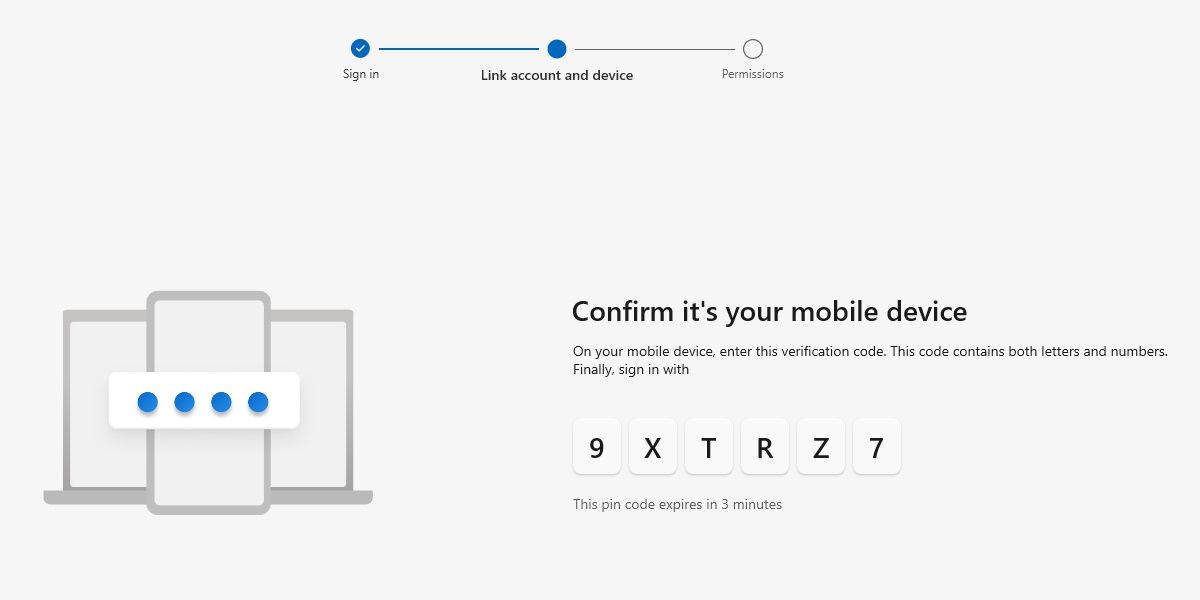





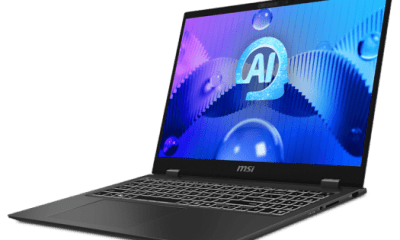

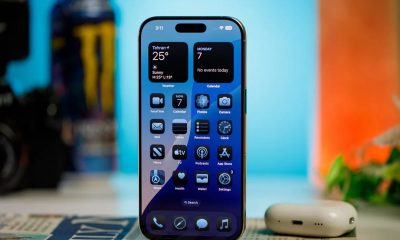









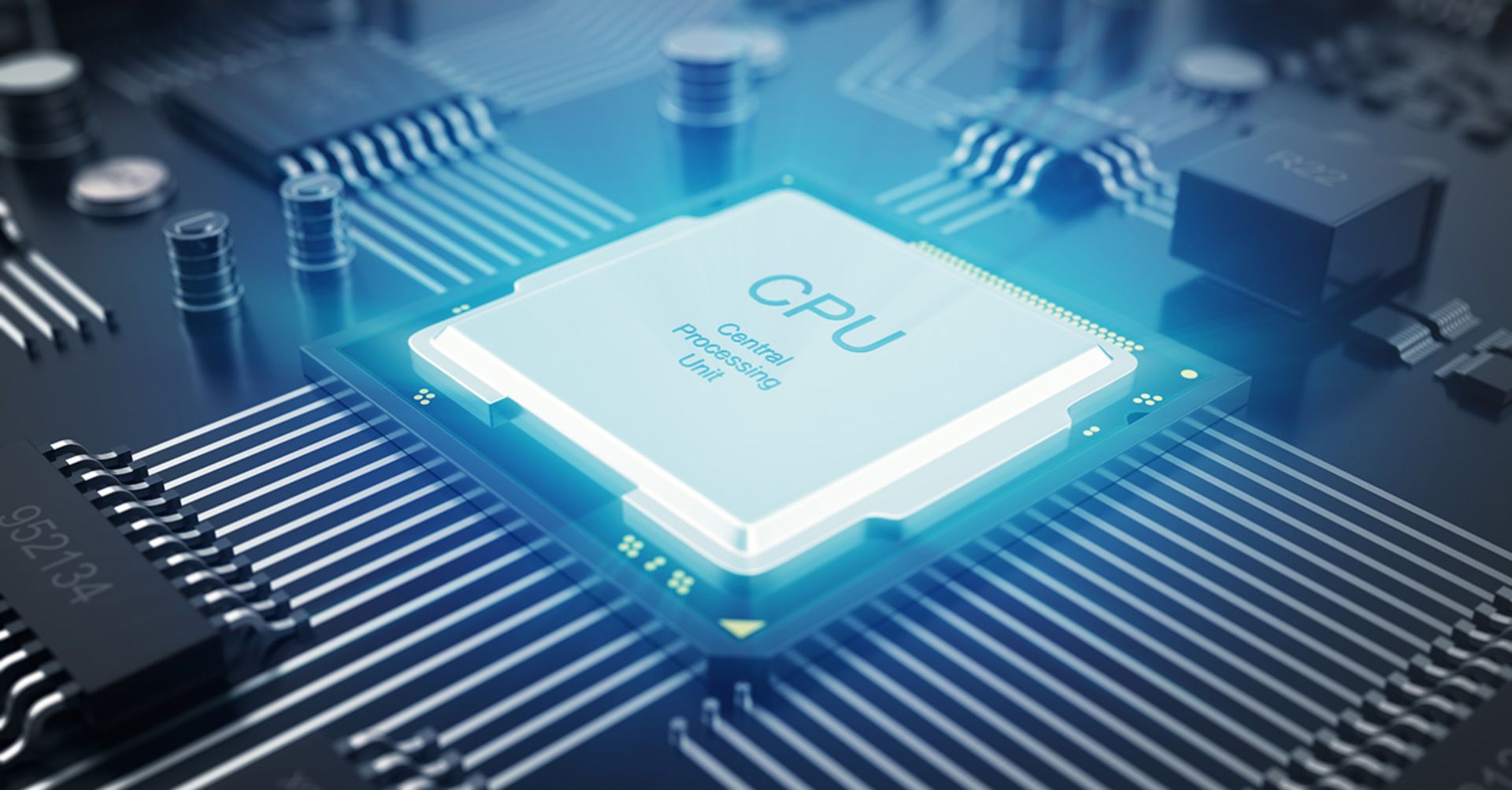
-638bb88e1d67bb742b22ca2e?w=1920&q=80)
-638bb88fa7331cd9fb2ce706?w=1920&q=80)



































































 Crop ultrawide camera photos in the dark
Crop ultrawide camera photos in the dark














 Crop photos of 48, 24, and 12 megapixels
Crop photos of 48, 24, and 12 megapixels



































































